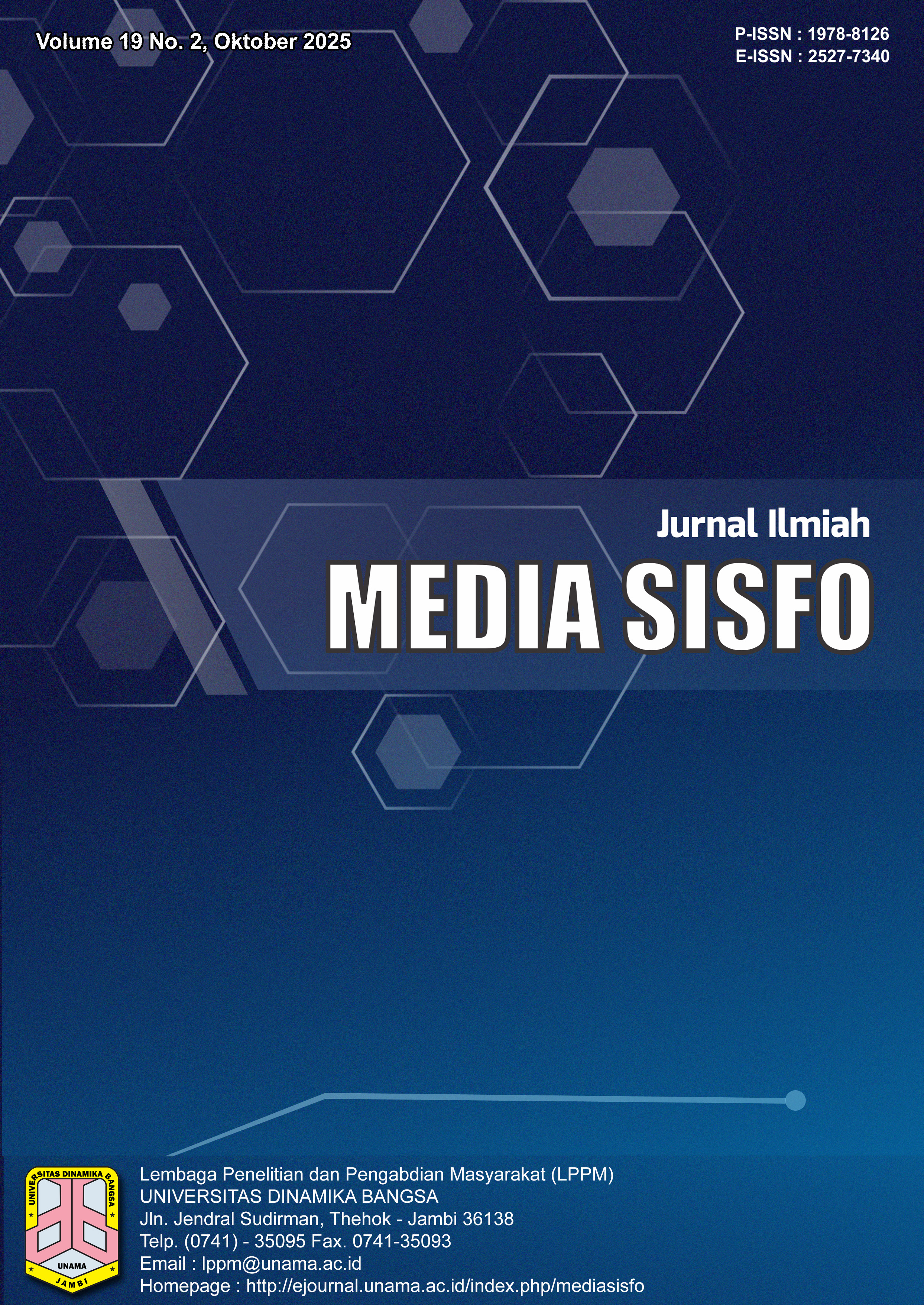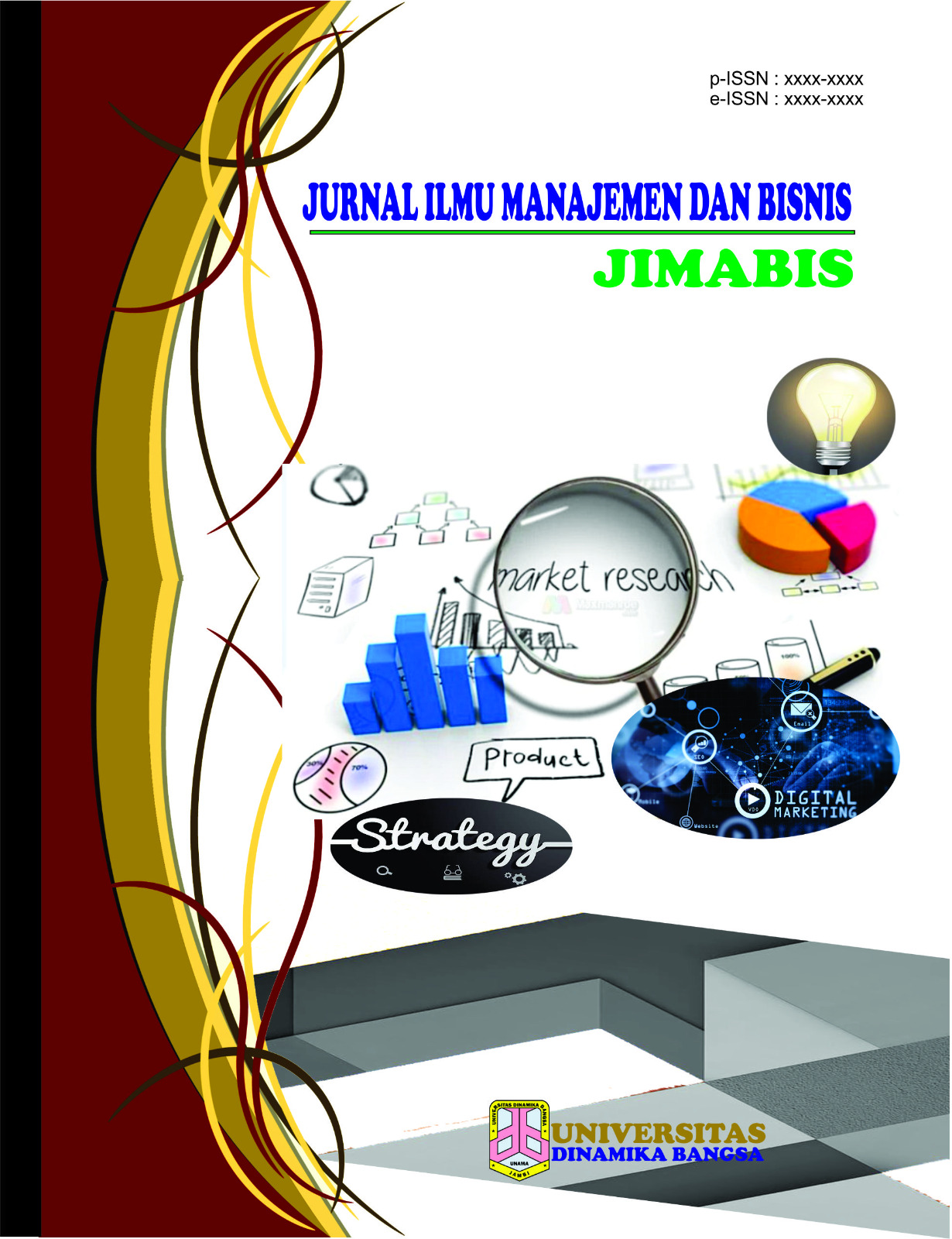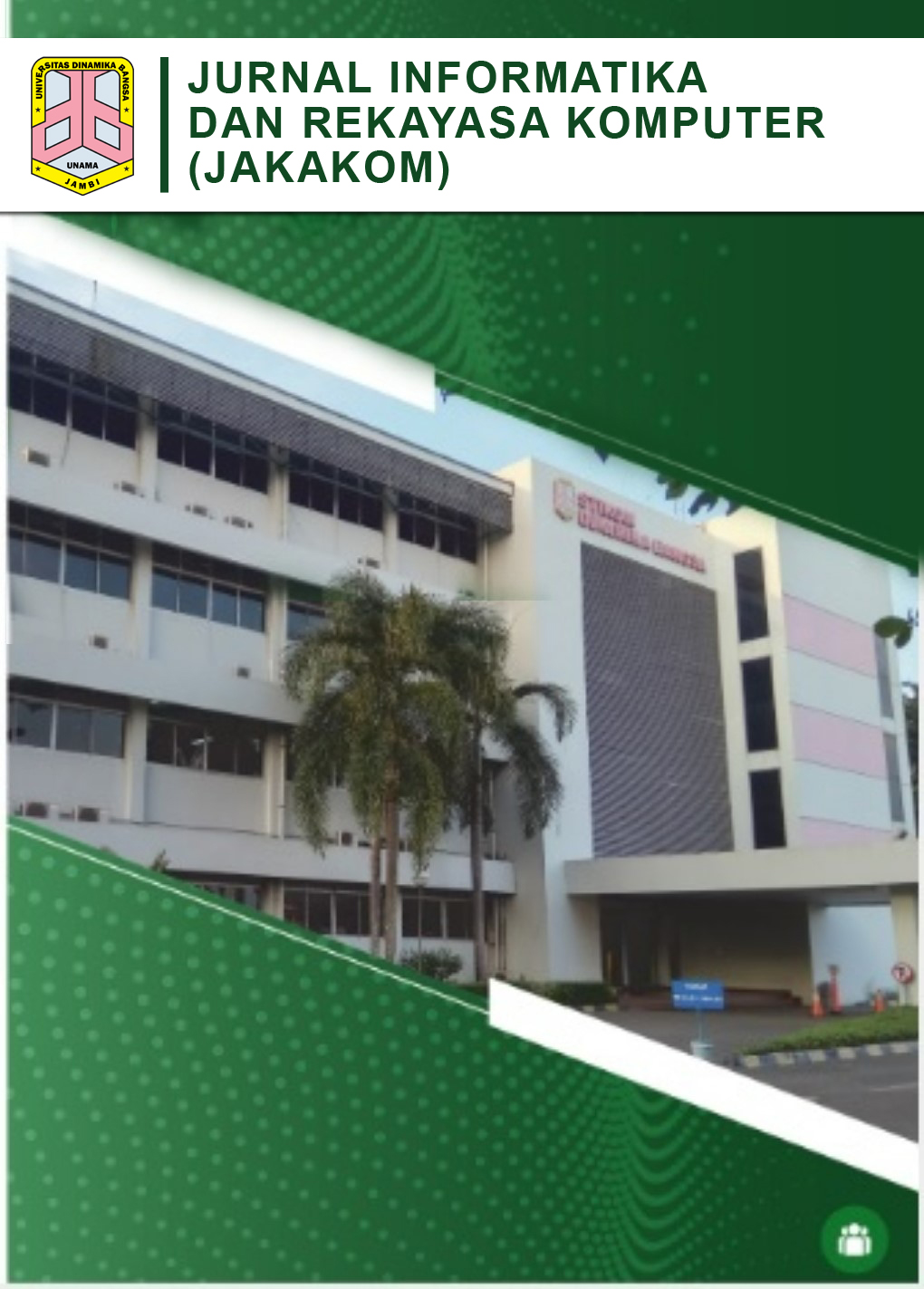Analysis of the Success of SKPI Information System of the University of Jambi Using the DeLone and McLean Model
DOI:
https://doi.org/10.33998/mediasisfo.2025.19.2.2456Keywords:
Success Analysis, DeLone and McLean, PLS-SEM, SKPI Information SystemsAbstract
The University of Jambi as a higher education institution also prioritizes technological advances in its operations. In 2021, the Diploma Companion Certificate (SKPI) information system was developed, which was then officially released in 2022. This system functions to support data collection of student achievements and activities. However, until now, the SKPI information system is still in the refinement stage for the latest versions and features. This study aims to determine the success rate of the SKPI information system using the DeLone and McLean model. The approach used is quantitative, with response-based data collection and analysis techniques from students of the Faculty of Science and Technology, University of Jambi. The sampling method in this study uses the Isaac and Michael formula, with a sample of 100 respondents and an error rate of 10%. The distribution of the questionnaire was carried out online. The data obtained were analyzed using the Partial Least Square - Structural Equation Modeling (PLS-SEM) method, which included outer model testing, inner model, and hypothesis testing. The results showed that of the 9 hypotheses tested, 5 hypotheses had a positive and significant influence on the success of the SKPI information system, while the other 4 hypotheses did not show a significant influence.





















